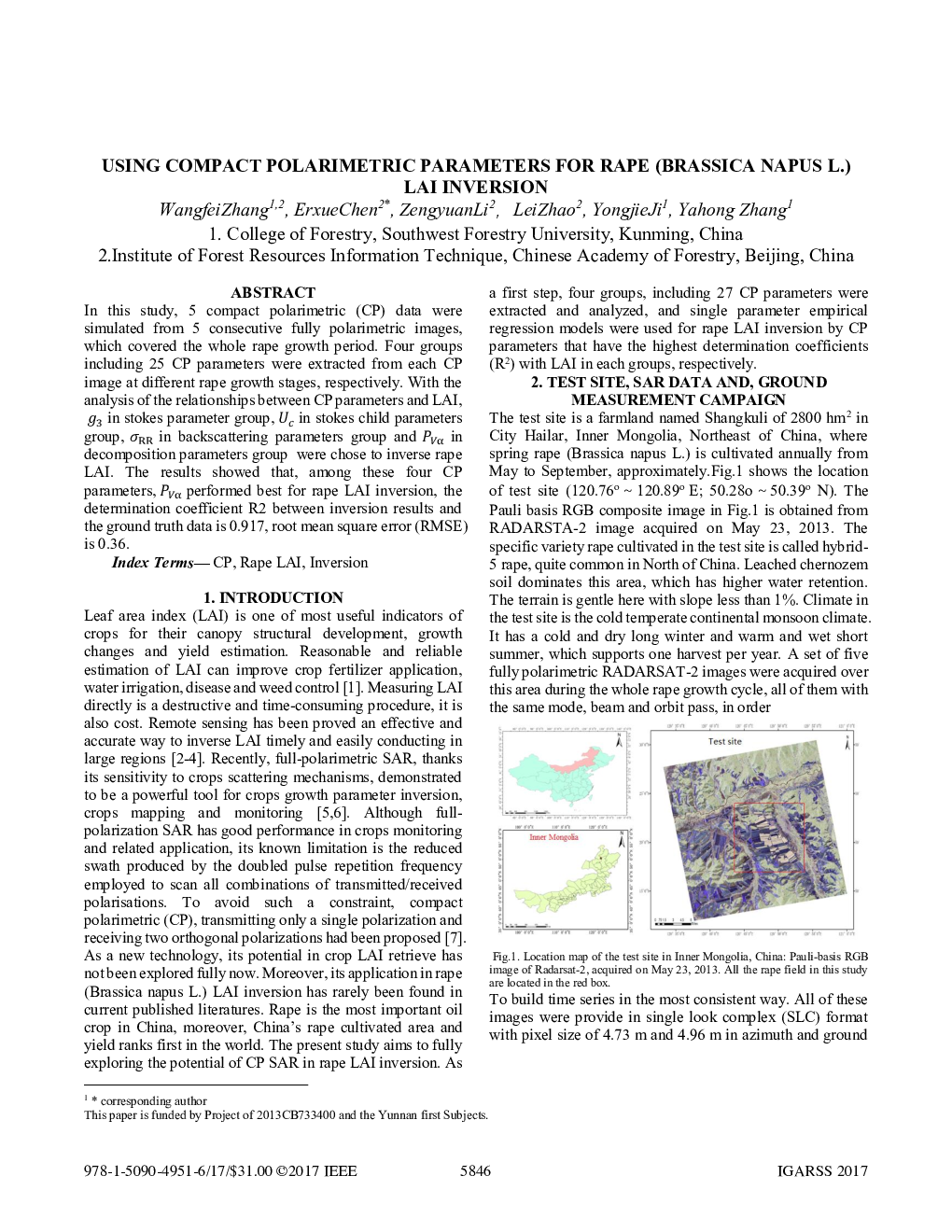| Article ID | Journal | Published Year | Pages | File Type |
|---|---|---|---|---|
| 5007255 | Optics & Laser Technology | 2017 | 4 Pages |
Abstract
Blue light hazard of white light-emitting diodes (LED) is a hidden risk for human's photobiological safety. Recent spectral optimization methods focus on maximizing luminous efficacy and improving color performances of LEDs, but few of them take blue hazard into account. Therefore, for healthy lighting, it's urgent to propose a spectral optimization method for white LED source to exhibit low blue light hazard, high luminous efficacy of radiation (LER) and high color performances. In this study, a genetic algorithm with penalty functions was proposed for realizing white spectra with low blue hazard, maximal LER and high color rendering index (CRI) values. By simulations, white spectra from LEDs with low blue hazard, high LER (â¥297 lm/W) and high CRI (â¥90) were achieved at different correlated color temperatures (CCTs) from 2013 K to 7845 K. Thus, the spectral optimization method can be used for guiding the fabrication of LED sources in line with photobiological safety. It is also found that the maximum permissible exposure duration of the optimized spectra increases by 14.9% than that of bichromatic phosphor-converted LEDs with equal CCT.
Related Topics
Physical Sciences and Engineering
Engineering
Electrical and Electronic Engineering
Authors
Jingjing Zhang, Weihong Guo, Bin Xie, Xingjian Yu, Xiaobing Luo, Tao Zhang, Zhihua Yu, Hong Wang, Xing Jin,
